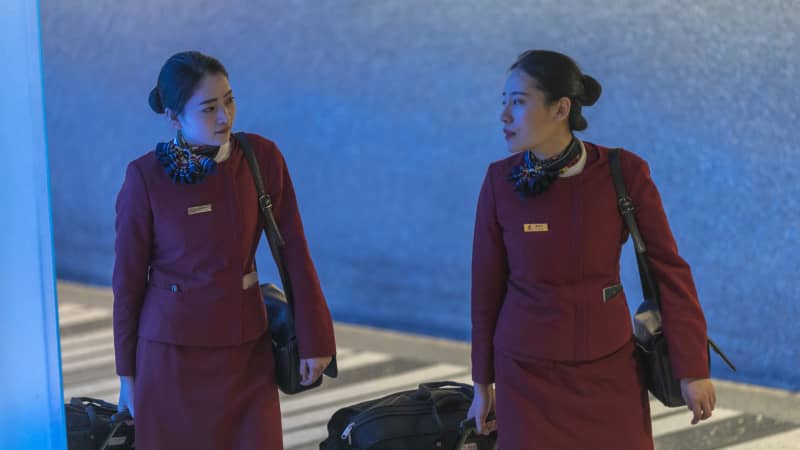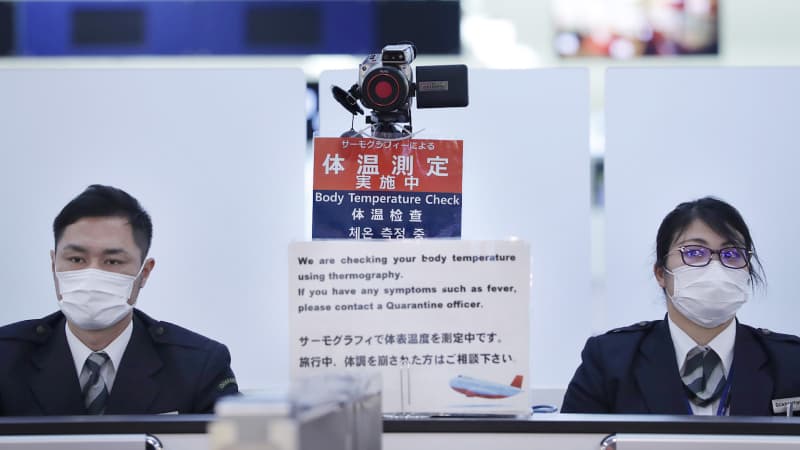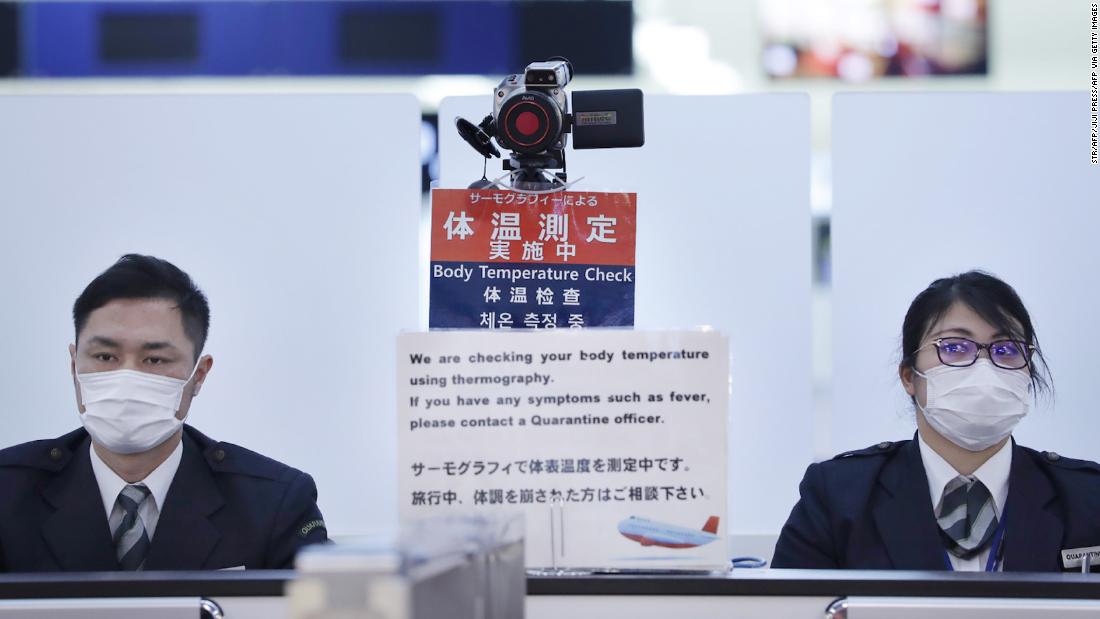(CNN) — Airports around the world are increasing health screenings and implementing new quarantine procedures as officials race to slow the spread of the Wuhan coronavirus, a new SARS-like illness that first appeared in Hubei province, China.
At least nine people have died, all in Hubei province, the majority of them elderly and suffering from pre-existing conditions.
Chinese health experts this week confirmed some cases involved human-to-human transmission.
China’s busiest travel period
With the annual Lunar New Year/Spring Festival travel rush now underway, officials are battling to isolate those infected and prevent the disease from spreading further.
Wuhan, a city of 11 million people, is also a hub for China’s high-speed rail network.
In Wuhan itself, infrared thermometers have been installed at the airport, train stations, coach terminals and passenger piers to measure the temperatures of passengers departing the city, according to state media.
China is also encouraging passengers traveling to and from Wuhan to change their travel plans during the busy Lunar New Year holiday period, by exempting them from service charges for refunds for all modes of transport.
United States

Air China flight attendants arrive at Los Angeles International Airport after touchdown from Beijing, which serves as a connector from Wuhan, on the first day of health screenings for coronavirus.
David McNew/Getty Images North America/Getty Images
Since confirmation of the first case of the new coronavirus on January 21, the US Centers for Disease Control and Prevention has increased screening and quarantine measures at the country’s major airports.
Last weekend, the CDC started health screenings for Wuhan passengers arriving at John F. Kennedy International Airport in New York, Los Angeles International Airport and San Francisco International Airport.
Starting this week, Wuhan passengers will also be screened at Hartsfield-Jackson Atlanta International Airport and Chicago O’Hare International Airport.
Passengers flying in from Wuhan, whether on direct or indirect flights, will only be allowed to land at one of those five US airports doing health screenings, which include a temperature check and observation for symptoms such as a cough and trouble breathing.
Thailand
Thailand has long been a favorite destination for Chinese nationals — the country tops the list of source markets for international arrivals in the country.
Three people in Thailand have been confirmed to be infected with the virus.
In response, officials at international airports in Bangkok, Krabi, Chiang Mai and Phuket are reportedly screening arrivals not just from Wuhan but also Beijing and Shenzhen, which have also recorded cases of the coronavirus.
According to the World Health Organization (WHO), the Ministry of Public Health of Thailand has international-standard diagnosis and medical care, and is closely coordinating with WHO and related departments for the potential response measures.
Japan

Officers at a health screening station in Tokyo’s Narita Airport observe passengers arriving on a flight from Wuhan, China on January 16.
STR/AFP/JIJI PRESS/AFP via Getty Images
Japan has reported one confirmed case of the coronavirus. The patient, who has since been treated and released from hospital, traveled to Wuhan in late December.
According to the WHO, quarantine and screening measures have been enhanced for travelers from Wuhan city at all Japan airports since January 7.
Prime Minister Shinzo Abe has reportedly instructed government ministers to strengthen quarantine efforts and monitor patients, while a hotline has been setup among the different ministries in the government.
Hong Kong
Though no cases of the coronavirus have been confirmed, Hong Kong, which was hit hard by the 2002-2003 outbreak of SARS, is on particularly high alert. The semi-autonomous city is a popular destination for Chinese nationals.
In addition to health declaration forms and temperature checks at train stations and Hong Kong International Airport, increased cleaning and disinfection procedures on trains and planes arriving via Wuhan have been implemented.
Australia
The Australian Department of Health is currently working to implement additional measures to manage the risk of the coronavirus, including additional border measures — particularly in relation to the three weekly direct flights from Wuhan to Sydney.
All passengers on these flights will receive information about the virus, with a request that they identify themselves to biosecurity officers at the airport if they are unwell.
Singapore
To date, there have been no confirmed cases of the coronavirus reported in Singapore, however the government isn’t taking any chances.
From January 22, temperature screening at Changi Airport will be expanded to include all inbound travelers on flights arriving from China, the Ministry of Health announced.
“Given that Singapore is a travel hub, we expect to see more suspect cases, and cannot rule out the possibility of imported cases,” the ministry said in a statement.
“Once a case is confirmed, contact tracing will be initiated, and we will implement strict isolation, quarantine, and infection control and prevention measures to prevent further transmission.”
Additional reporting by Elizabeth Cohen, Alexandra Lin and Nectar Gan.
